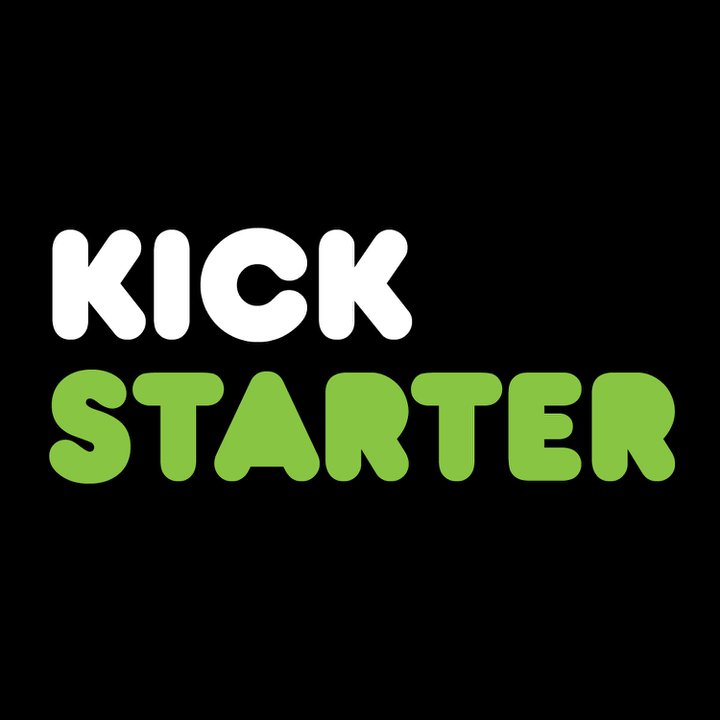How to Successfully Kickstart Your Crowdfunding Campaign
Get your project rolling with Kickstarter

Over time, countless entrepreneurs have had their endeavors thwarted by their inability to secure proper funding. In recent years crowdfunding, the practice of funding a project by a large number of people, usually on the Internet, has soared in popularity. Of those, Kickstarter may be the most globally recognizable. With a global traffic rank in the top 600, Kickstarter has become a verb in some circles when it comes to funding a project–much like Google is for Internet searches.
Since their launch in 2009, Kickstarter has had over $1.3 billion in pledges from more than 7 million backers-successfully raising funds for 70,377 projects to date. Those successful backers can expect certain levels of perks for their donations. Some will receive a personal thank you letter from the project manager, or apparel that they helped produce. Kickstarter tries to provide a certain level of beneficial return from donating.
However, with a success rate of 41 percent any campaign has to know how to appeal to the right investors. That’s because, unlike some other major crowdfunding sites, Kickstarter is all or nothing. If a project falls short by even a penny all the pledged money returns to its backers. One of those looking to fund their project this way is Vince Chu and his made in America athletic apparel line, Yesler.
Yesler’s campaign launched September 9 with an intended goal of $18,000 to fund the first round of manufacturing and labor costs. With a handful of days left in their campaign, Yesler is already close to achieving their goal. Chu, an entrepreneur launching his first apparel line, chose Kickstarter for the same reason many others have done: feedback. With crowdfunding platforms, a project can receive active feedback from the community. Even if a project succeeds, any weak points can be adjusted before production begins. In their quest to bring more American athletic apparel production stateside, Yesler takes their backers’ opinions, all 259 to date, to heart. “Our mission is to outfit you with exceptional gear that tells something about what you stand for and connects you with the best in American craftsmanship,” Chu states.
How Can You Succeed
For fashion and apparel lines, crowdfunding is tougher than other industries. A highly subjective field, fashion projects had just a 29 percent success rate on Kickstarter as of last year. For Dr. Gia Fruscione she understood the risks after a thorough planning of her campaign in advance. She used crowdfunding to help the bottom line when it came to manufacturing her second product under her DLVR Maternity line, and the advertising boost Kickstarter provides you. DLVR’s custom post-natal support, ActivEmbrace, campaign exceeded its target goal of $6,000 through a combination of backers, some with large, connected social media followings. Their well-produced, informative video pitch didn’t hurt catching potential backers’ eyes either.
But a sleek video isn’t necessary. When Katie Sue Nicklos and Reilly Starr launched their Naked Sports Gear campaign in the spring of 2012, they filmed their pitch on Katie Sue’s cell phone. Like DLVR Maternity, they relied on friends and family to initially fund their $10,000 goal, of which half came in just the first four days of the campaign. “Crowd Sourcing is a common thing to do now. When we did it, I knew very few people who were doing it as well,” recalls Nicklos. “I think you can only ask one time for money from your friends, and it should be worthwhile.”
But to succeed a product needs a hook–usually something that can help the buyer. Whether it be helping new mothers recover, avoiding tan lines or athletic wear with a revitalized purpose, the product has to fill the buyer’s need. Backers need to be pulled in, and there are for these three campaigns. Another appeal the three startups share is their made in America manufacturing. Aside from Naked Sports’ two materials initially coming overseas, all work and materials are sourced from inside the United States. “It makes sense to stay here and support the people I work with [New York City’s Garment District]. It’s pretty lucky. I know some people aren’t situated to do that,” says Nicklos.
For Naked Sports, co-founder Reilly Starr is considered a master of social media marketing-something that complimented Nicklos’ extensive design background. For ActivEmbrace support Dr. Fruscione, she cites the essential things to remember. “Two words to take away from it are ‘plan’ and ‘persistence,'” she recalls. That includes a detailed storyboard of the process. Furthermore, the Kickstarter community itself can be your largest asset. As Chu explained towards the launch of Yesler’s campaign, “There’s this camaraderie in the community. It’s growing.”
Where Do We Go From Here?
When launching, one of the first figures to look for is 20 percent. According to Kickstarter’s stats, 80 percent of projects that hit 20 percent go on to succeed. Your odds also increase by launching with a sub-$10,000 goal, but that shouldn’t be a blueprint for everyone. “Most successfully funded projects raise less than $10,000, but a growing number have reached six and even seven figures,” notes Kickstarter stats. In fact, the first campaign to successfully raise over $1,000,000 came in 2012 for the iPhone Elevation Dock.
For ActivEmbrace, persistence hasn’t let up since the campaign-with Dr. Fruscione travelling the country to every viable event she can get to. Her persistence has landed her a growing number of retail partners and other ventures so far. For Naked Sports’, business has been steady while feedback has helped them decide on their next line of gear that they are diligently working on while working other jobs. “Naked is our baby,” Nicklos explains.
For Yesler, the outcome looks optimistic, but uncertain for now. As they approached their launch Chu explained what he thought of crowdfunding’s future. “My gut tells me you’ll see more of this happening.”